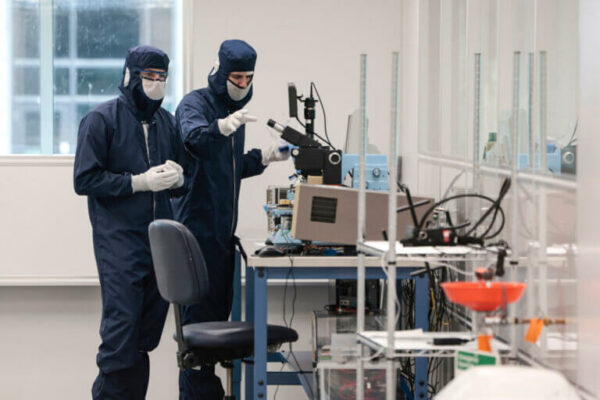Boréas Technologie | Lire le communiqué original
NexusTouch supports localized haptic effects across the phone’s entire edges, giving OEM and app designers a comprehensive human machine interface (HMI) solution.
Boréas Technologies introduced NexusTouch™, an integrated piezo haptic, gesture-detection and force-sensing platform that lets user interface (UI) and user experience (UX) designers create more realistic touch experiences on previously inaccessible Android smartphone edges.
“NexusTouch turns the phone’s edges into customizable interactive zones, allowing UI/UX designers to craft context-sensitive haptic effects where a button might feel like a trigger in a mobile gaming environment, a heartbeat on a health-tracking app, or a click that’s as reassuring as the shutter click of a DSLR camera,” said Simon Chaput, founder & CEO, Boréas Technologies. “NexusTouch also delivers a new level of gesture detection through force-sensing and advanced algorithms, allowing users to swipe, tap or fling on the side of the device to activate a particular function. And because it uses piezo haptics—a newer high-performing technology—it only vibrates the area under the user’s finger to enhance the touch experience, unlike legacy technologies that vibrate the entire phone.”
UI/UX designers have long faced constraints in advancing touch user interfaces in smartphones because the underlying technologies are so limited. While still the dominant touch technology, capacitive doesn’t support localized haptics or force-sensing, offering a rudimentary touch experience. Though it’s newer, ultrasonic technology provides gesture detection and force-sensing, but it doesn’t offer the localized feedback users also crave. NexusTouch supports localized haptic effects across the phone’s entire edges, giving OEM and app designers a comprehensive human machine interface (HMI) solution for customizing user experiences by phone or by app.





